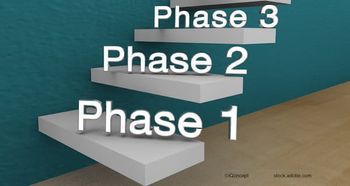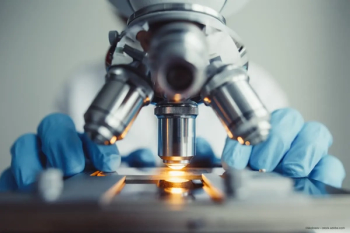
ARVO 2024: Dry eye patient selection following post-hoc analysis of GOBI and MOJAVE trials
John Sheppard, MD, MSc, FACs, discusses the unique biochemical traits of perfluorohexyloctane for eye dry disease and meibomian gland dysfunction
Ahead of this year's ARVO meeting in Seattle, Washington, the Eye Care Network sat down with John Sheppard, MD, MSc, FACs, who is the president of Virginia Eye Consultants. He discussed post-hoc analysis of two FDA registration trials for perfluorohexyloctane, GOBI and MOJAVE, and what the results mean for practitioners in a real-world clinical setting.
Editor's note - This transcript has been lightly edited for clarity.
David Hutton: I'm David Hutton of Ophthalmology Times. The Association for Research in Vision and Ophthalmology is holding its annual meeting in Seattle. Dr John Sheppard is joining us today to discuss his presentation at the meeting. Thanks for being here. Tell us about your presentation.
John Sheppard, MD, MSc, FACs: I'm here in Norfolk, Virginia, and very happy to share our data from a post-hoc analysis of two FDA registration trials for perfluorohexyloctane, or PFHO, an ophthalmic solution for patients with dry eye disease and meibomian gland dysfunction. The studies were called GOBI and MOJAVE. They were sponsored by both Novaliq of Heidelberg [Germany] and Bausch and Lomb in the United States. These were prospective, randomised, multicentre clinical trials, and they looked at four-time-a-day drops compared to a placebo of hypotonic saline. Now, the drops don't have an API, or active pharmaceutical ingredient. Because the drops are the vehicle and the vehicle are the drops, it's 100% PFHO. This is a unique, semi-fluorinated alkane. It's used in retinal detachment surgery and blood product preservation and over large reservoirs of water coating the surface to prevent evaporation. Because of its biochemistry, these drops have a size of only 11 microliters. So there's no slop or overflow, and they have at least a 6-hour surface adhesion time to preserve evaporative tear loss to allow the osmolarity and the inflammatory processes on the surface of the eye to normalise, creating homeostasis, as all of the drops produced and retained and all of the tears produced by the patient are maximised.
So in this trial, we looked of course at the registration data, and this met both sign and symptom endpoints in both trials, truly remarkable. In the post-hoc analysis that we're looking at at ARVO, we looked at baseline MGD score divided that into two groups: moderate and mild. We looked at the baseline total corneal fluorescein staining score and divided that into mild and moderate down the middle. We finally looked at the baseline, Schirmer's 1 test, and divided that below 10 millimeters and equal to or above 10 millimeters, that is moderate and mild dry eye. We looked at the forest plot, and we looked at responder rate analysis. We found, from top to bottom, both the mild and the moderate of all three groups responded equally well statistically significantly to the medication compared to the vehicle.
This tells us that the prescribing eye care provider can choose a wide variety of dry eye patients and expect excellent results as we saw in the clinical trials. This gives me confidence that these analyses of pooled data from the two Phase 3 randomised control trials show that PFHO is efficacious in the treatment of signs and symptoms of dry eye disease in patients with a wide variety of clinical presentations. Thank you.
Newsletter
Get the essential updates shaping the future of pharma manufacturing and compliance—subscribe today to Pharmaceutical Technology and never miss a breakthrough.










































